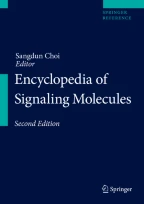
Since its discovery in 1914, acetylcholinesterase (AChE) has attracted attention of many research groups, making AChE one of the most studied proteins. The great physiological relevance of AChE has prompted exhaustive research to know its substrate preference, catalytic mechanism, sensitivity to inhibitors, active site topology, entrance and exiting of substrates, inhibitors and products, and other aspects of AChE-related catalysis (Dale 1914; Brown et al. 1936; Augustinsson and Nachmansohn 1949; Katz 1966; Nachmansohn and Neumann 1975; Rosenberry 1979; Schwarz et al. 1995). The studies regarding kinetic properties of AChE were followed by others to throw light into chromosome mapping, gene expression, mRNA splicing and translation of AChE proteins, polymerization and transport to cell stores, and localization of AChE molecules in tissues and cells (Sussman et al. 1991; Massoulie et al. 1993; Legay 2000; Soreq and Seidman 2001.